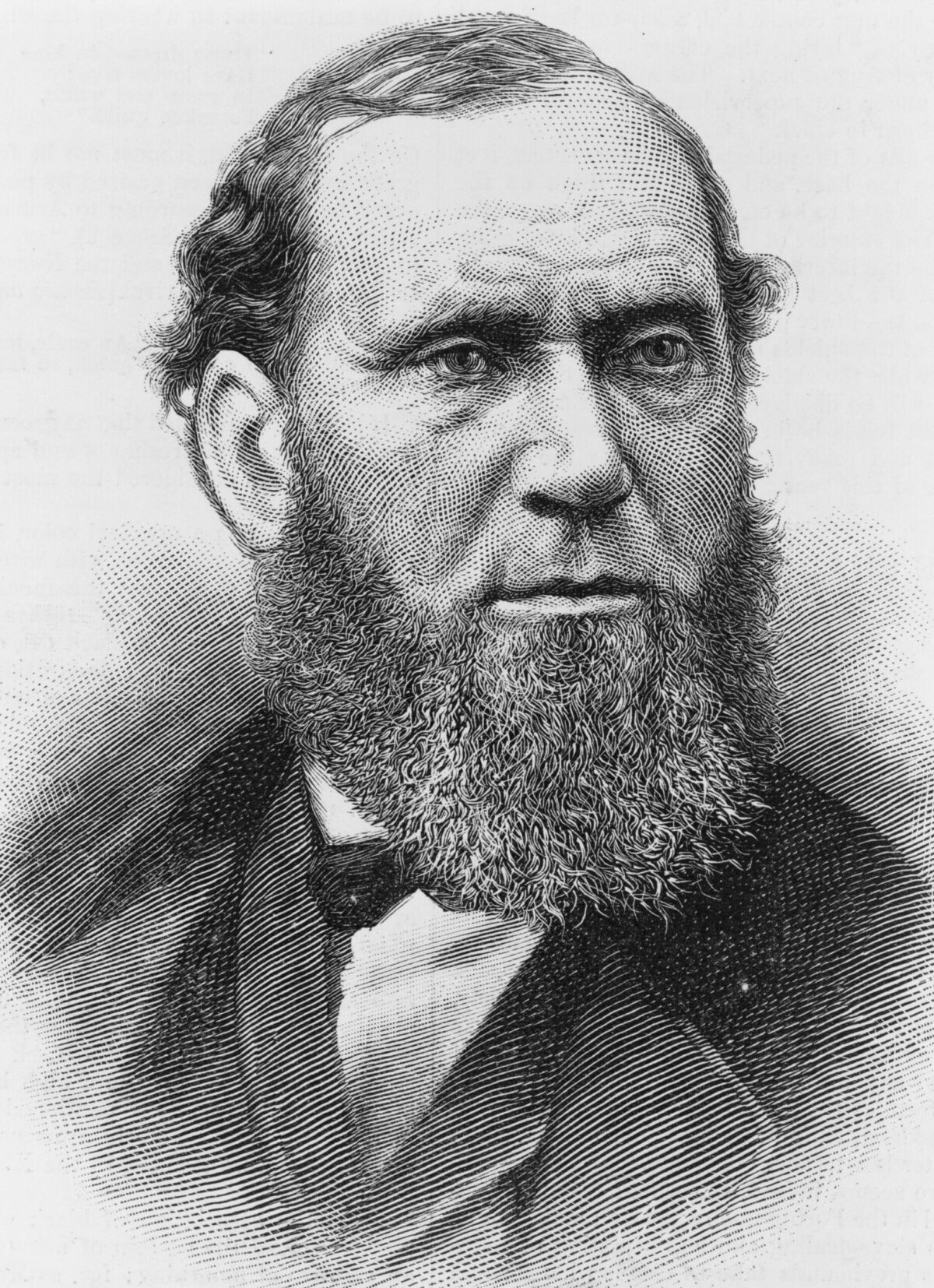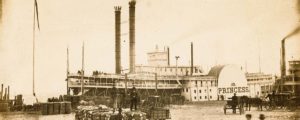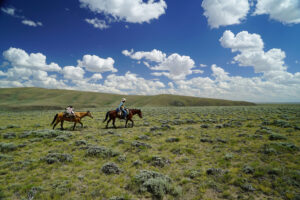Federal Marshals
Town marshals and deputies are not to be confused with their federal namesakes. Appointed by the U.S. president, U.S. marshals enforced federal laws from districts that could be either in states or territories. Deputy U.S. marshals did most of the dirty work in the field, and no field had more scum and hard cases than Indian Territory (present-day Oklahoma).
The deputy U.S. marshals, including the likes of the Three Guardsmen (Heck Thomas, Chris Madsen and Bill Tilghman) and former-slave Bass Reeves, rode for poor pay and late expense money to enforce the writ of the U.S. district courts in the face of constant danger. Dozens of them died in the line of duty. More than 60 federal officers were murdered in the wilds of Indian Territory alone.
The deputy marshals dealt with some truly amoral people, killers who had no hesitation in committing really vile crimes without remorse. One was a man from Indian Territory who ran out of fish bait; to replenish his stock, he killed another man and cut some of him up to bait his hook. ‘‘Hanging Judge’’ Isaac Parker sent the monstrous fisherman to the gallows at nearby Fort Smith, Ark. Hunting trash like that, the deputy marshal could trust nobody; turning his back for even a moment on some suspects could be fatal.
A deputy marshal would depart from his headquarters and travel many miles with a handful of arrest warrants, often accompanied by at least one posseman who drove a wagon. The deputy paid the posseman, or men, himself. When a malefactor could be found and arrested, he was added to the bag in the wagon and ultimately hauled back to face the judge—that is, if the criminal’s kinfolks or friends didn’t attack the lawman to free his prisoner along the way.
Indian Police
Besides the widely scattered deputy U.S. marshals, Indian Territory also featured the Indian police, generically known as the Lighthorse. In 1880, Lighthorse officers from the various nations were recruited to form the U.S. Indian Police, headquartered in Muskogee. While these law officers usually pursued Indian criminals, at times they were deputized by deputy U.S. marshals to serve as possemen in search of both Indian and non-Indian criminals.
Take the case of the vicious Buck Gang, a multiracial gang of mixed-blood blacks and Creek Indians—Rufus Buck, Maoma July, Sam Sampson, Lewis Davis and Lucky Davis. They were rapists, and therefore considered lower on the criminal totem pole than even murderers. The gang was run to earth by a huge posse of enraged citizens, white and Indian, led by deputy marshals and Lighthorsemen. Surrounded, the five outlaws surrendered after a long battle and were hauled off to Fort Smith ahead of a lynch mob. There, they survived long enough to be simultaneously hanged by Judge Parker on July 1, 1896.
Indian police and special Indian courts became part of the reservation system from Arizona Territory to Dakota Territory. By 1900 there were some 900 Indian police; some still exist on the present-day reservations.
Rangers
No name is more famous in Western law enforcement than the Texas Rangers. Before 1850, the Rangers (essentially mounted riflemen) mostly fought Comanche and Mexican enemies. In 1874 two new organizations of Texas Rangers were born—the Frontier Battalion, which fought Indians and outlaws; and the Special Forces, which pursued bandits, fugitives and killers such as John Wesley Hardin and John King Fisher.
Rangers were often quick to use their guns—a practice not always appreciated by Hispanic citizens and other Ranger “victims.” As with other law enforcers, some Rangers were brave, resourceful and honest but others were trigger-happy carousing bullies who frightened everyday citizens. Certainly the Rangers helped curb lawlessness in the Lone Star State, but there were too few Rangers around to make everyone feel safe.
Inspired by the Texas Rangers, the Arizona Territory Legislature created the Arizona Rangers in 1901. Four years later, New Mexico, which was also still a territory, organized the New Mexico Mounted Police. California had its own special ranger force, beginning in 1853, to deal with the roving bands of Mexican bandidos during the gold rush days.
Pinkerton Detectives
The Pinkertons gained national attention for their pursuits of the James-Younger Gang and members of Butch Cassidy’s Wild Bunch. But when Pinkerton men “fire-bombed” the James home in January 1875, killing the 8-year-old half-brother of Jesse and Frank, many Missourians and others began to sympathize with the James boys. The Pinkertons worked privately for the railroad companies and the bankers, so the average citizen probably never met them. The noted cowboy and historian Charles A. Siringo (1855-1928) was a Pinkerton man for two decades and chased outlaw Cassidy, but few people would have remembered him had he not written his own books.
Private Guards
Extralegal law enforcers also had a role in the Wild West, because businesses that transported gold and other valuables needed more protection. Wells, Fargo & Co. guards became famous for riding on stagecoaches to protect the loot from holdup men and on trains to keep the safe-blasting robbers at bay. Still, robberies happened, and Wells Fargo also had detectives to pursue the outlaws. The Union Pacific and other railroad companies hired guards and detectives, as well.
Stock Inspectors and Detectives
Badge-wearing cowboys on the county level in Texas included hide-and-animal inspectors, as well as stock inspectors and detectives hired by cattle associations or big cattle companies. Stock detectives were also employed elsewhere in the West, most notably in Wyoming, where they had shady reputations, since part of their purpose was to intimidate rival stockmen and farmers. Among these was the notorious Tom Horn, hanged in Wyoming in 1903 when a jury decided his detective activities included assassination to order.
Originally published in the August 2008 issue of Wild West. To subscribe, click here.





